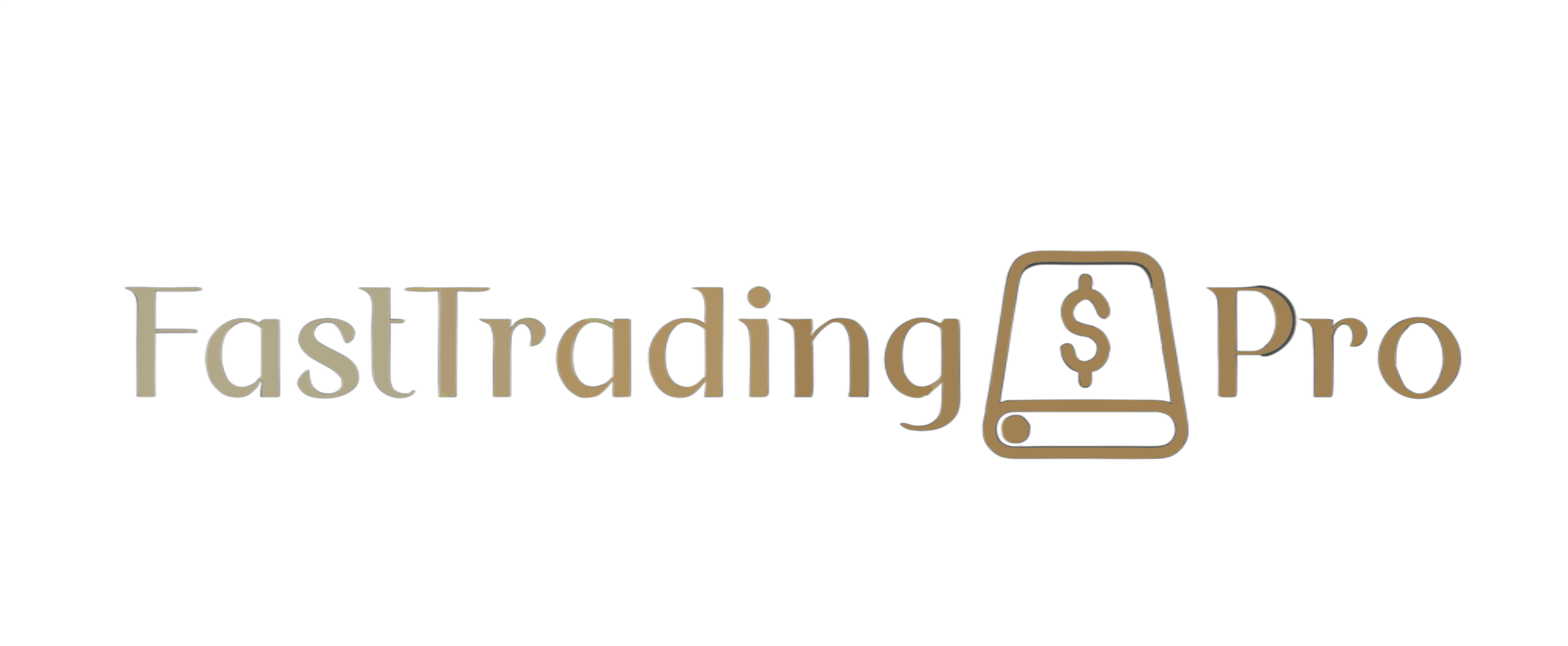
FastTrading Pro – Leading Algorithmic Trading Solutions Provider in New York City
Cutting-edge trading platform empowering investors with real-time analytics, advanced tools, and expert insights. Trade smarter, not harder with FastTrading Pro.
News
How We Empower Investors and Businesses
Market insights and research
Gain a competitive edge with our deep market analysis and research. We provide actionable insights based on real-time data and historical trends, helping you make informed trading decisions.
Risk management strategies
Implement robust risk management protocols tailored to your trading profile. Our strategies are designed to protect your capital while maximizing potential returns.
Portfolio optimization
Optimize your portfolio composition using advanced algorithms that consider market volatility, asset correlations, and your specific risk tolerance.
Financial planning solutions
Develop comprehensive financial plans that align with your long-term goals. We offer customized strategies for wealth accumulation and preservation.
_________________________________
Comprehensive Financial Services
Investment advisory
Benefit from our seasoned investment advisors who provide personalized guidance on market opportunities and portfolio management.
Wealth management
Trust our wealth management solutions to grow and protect your assets over time. We employ proven strategies to achieve your financial objectives.
Corporate finance solutions
Access tailored corporate finance services designed to support your business growth, including capital raising and financial restructuring.
Institutional trading services
Leverage our institutional trading capabilities to execute large-scale trades with minimal market impact and optimal pricing.
Advanced financial analytics
Utilize our cutting-edge analytics tools to analyze market data, identify trends, and make data-driven investment decisions.
_________________________________
Why Choose Us?
8+ years of industry experience
With over five years in the financial markets, we’ve honed our expertise in delivering exceptional trading solutions.
Cutting-edge technology and analytics
Our proprietary technology platform combines advanced algorithms with real-time market data for superior trading performance.
Global reach, local expertise
Operate seamlessly across global markets while benefiting from localized market knowledge and insights.
Dedicated client success teams
Receive personalized support from our dedicated teams committed to your trading success.
Regulatory compliance and transparency
Adhere to stringent regulatory standards while maintaining complete transparency in our operations.
_________________________________
Stay Ahead with Expert Insights
Market trends and forecasts
Stay informed with our regular market trend analyses and forecasts to anticipate market movements.
Economic and sector reports
Access detailed economic and sector-specific reports to understand market drivers and opportunities.
Webinars and expert opinions
Engage with our educational webinars and expert insights to enhance your trading knowledge.
Real-time financial news
Receive real-time financial news updates to keep you informed of market-moving events.



